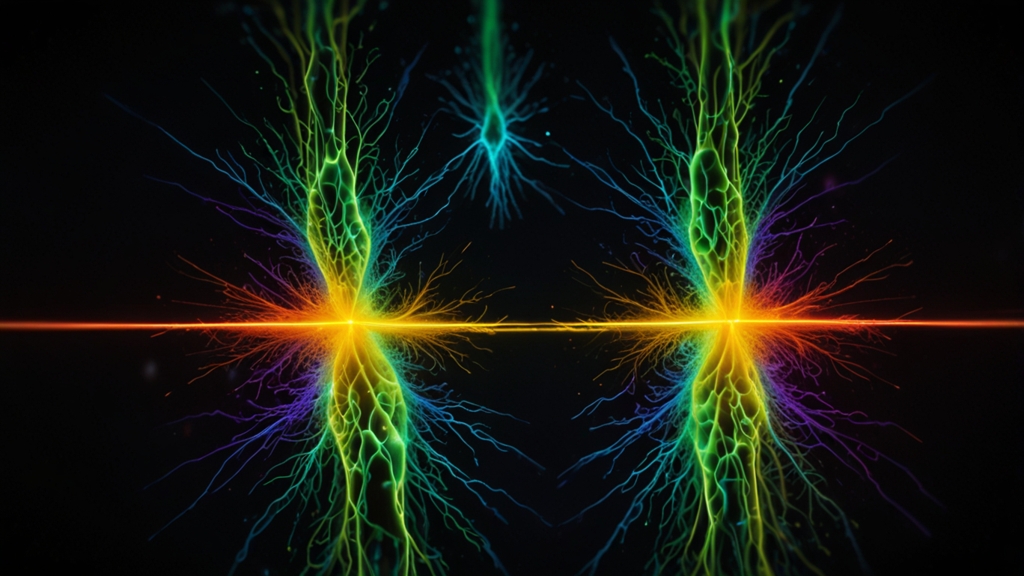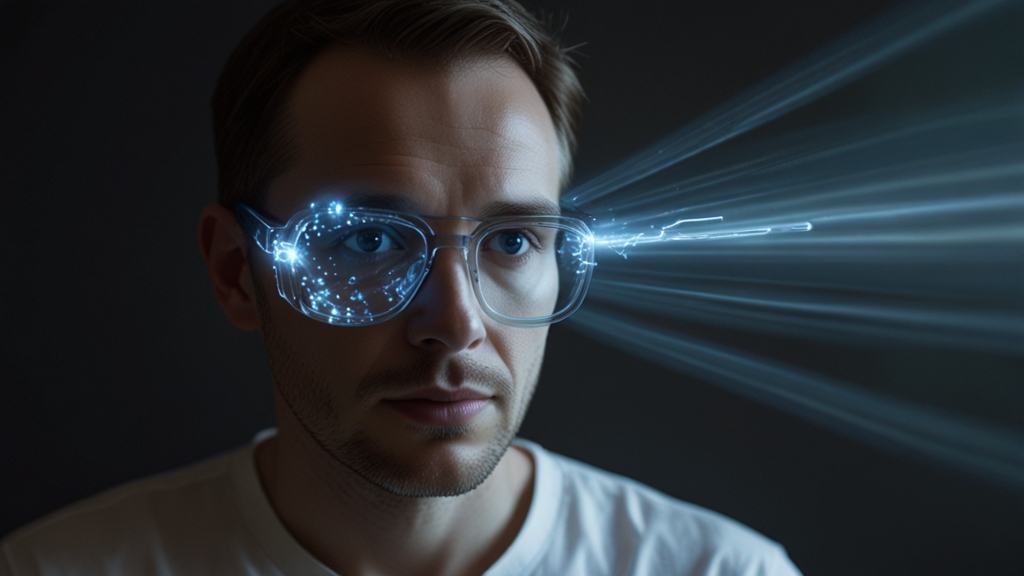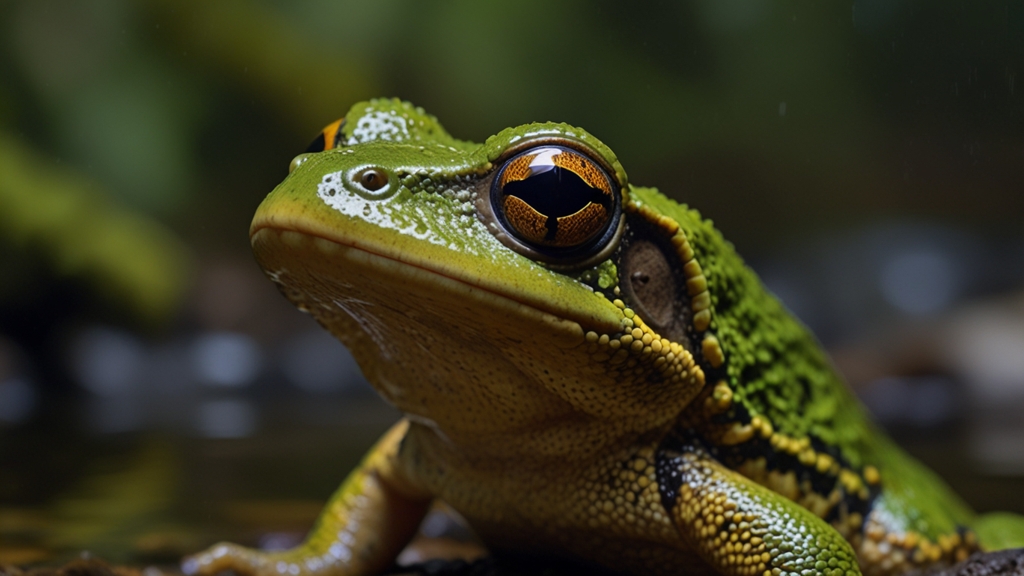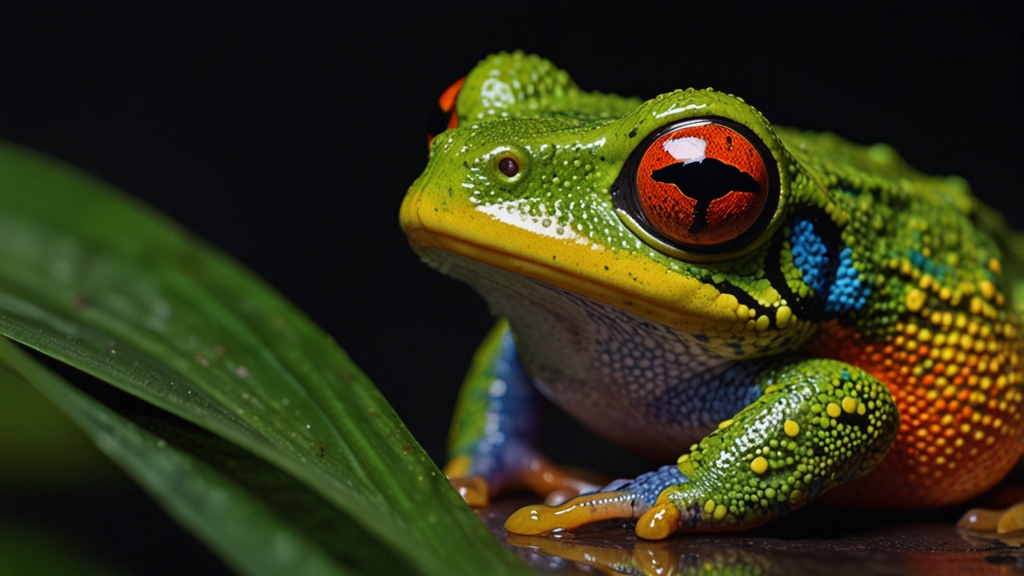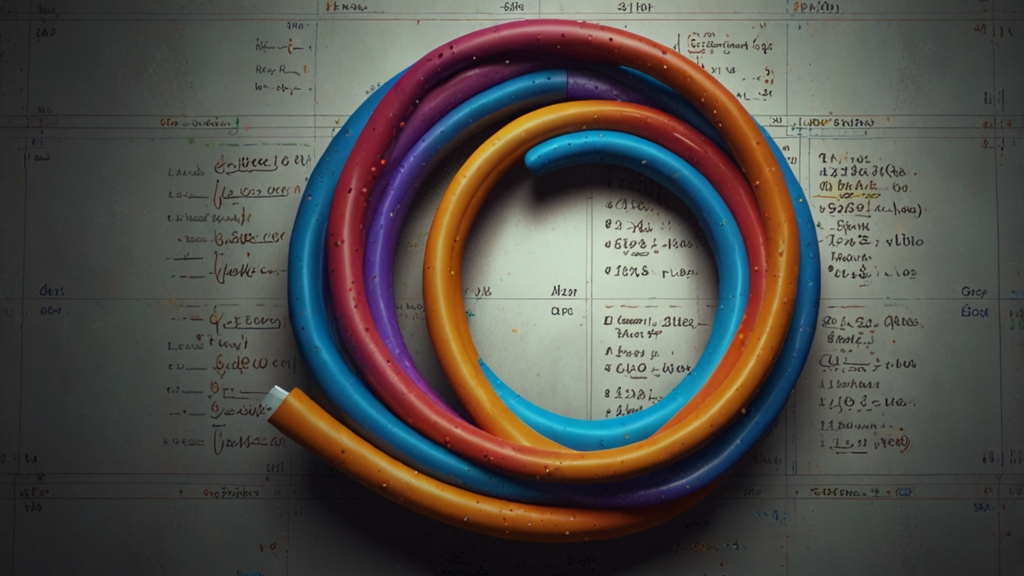Radiant Reactions: The Science of Fluorescence and Phosphorescence
In the colorful world of luminescent phenomena, fluorescence and phosphorescence stand out with their fascinating reactions to light. Both processes produce light through a very particular kind of chemistry, but their mechanisms and outcomes differ significantly. Understanding these radiant reactions opens a myriad of applications, from glow-in-the-dark stickers to advanced scientific imaging.
The Basics of Luminescence
At its core, luminescence refers to the emission of light by a substance that has not been heated. While there are various types of luminescence such as chemiluminescence and bioluminescence, fluorescence and phosphorescence are particularly notable for their reliance on the absorption and subsequent re-emission of light energy. When these substances absorb photons, they become excited and reach a higher energy state. Upon returning to their ground state, they release light which gives rise to the visible luminescence.
Fluorescence: Fast and Furious
Fluorescence occurs when an electron in a molecule absorbs light and jumps to a higher energy state, then quickly returns to its original state by emitting a photon. This process happens in mere nanoseconds, leading to the immediate re-emission of light. Due to this rapid turnover, the light emitted by fluorescent substances ceases almost instantly once the excitation source is removed.
"The vibrant glow of many everyday objects, from highlighter pens to certain types of detergents, is due to fluorescence. When exposed to ultraviolet light, these substances emit visible light, creating a dazzling display."
Fluorescence is widely used in various fields. In biology and medicine, fluorescence microscopy allows scientists to observe cellular structures and processes in exquisite detail. In environmental science, fluorescent tracers help monitor pollutant flows in water and air. Even in art, fluorescent paints create eye-catching effects under UV lighting.
Phosphorescence: Slow and Steady
Phosphorescence, on the other hand, involves a slower process. After absorbing light, the electrons in phosphorescent materials enter a forbidden energy state known as a triplet state. Transitioning back to the ground state from the triplet state is quantum-mechanically forbidden and thus takes much longer. This delay in photon emission can last from milliseconds to several hours, resulting in the prolonged glow characteristic of phosphorescent materials.
"Glow-in-the-dark toys and emergency signs are classic examples of phosphorescence. These materials absorb light during the day and release it slowly over time, providing illumination in the dark."
Phosphorescence has practical applications beyond novelty items. It's utilized in safety and emergency signage, which ensures visibility in the absence of electrical lighting. Additionally, phosphorescent materials are used in certain types of medical imaging and even in research to track slow biochemical processes.
Comparing Fluorescence and Phosphorescence
While both fluorescence and phosphorescence involve absorbing and re-emitting light, the speed and duration of their luminescence differ significantly. Fluorescence is rapid, ceasing almost immediately once the excitation source is removed. Phosphorescence, however, emits light over a prolonged period, glowing long after the initial light source is gone.
The molecular mechanisms behind these phenomena explain why they behave differently. Fluorescent compounds transition quickly between energy states, while phosphorescent compounds involve complex states and forbidden transitions, leading to delayed and extended light emission.
The Future of Radiant Reactions
The ongoing research and development in luminescent materials promise exciting advancements. Innovations in organic light-emitting diodes (OLEDs), quantum dots, and other technologies harness the unique properties of fluorescence and phosphorescence for better displays, lighting, and medical diagnostics.
Understanding the science behind fluorescence and phosphorescence not only enlightens the mind but also brightens our future. As we delve deeper into these radiant reactions, the array of potential applications continues to expand, illuminating new horizons in science, technology, and everyday life.
